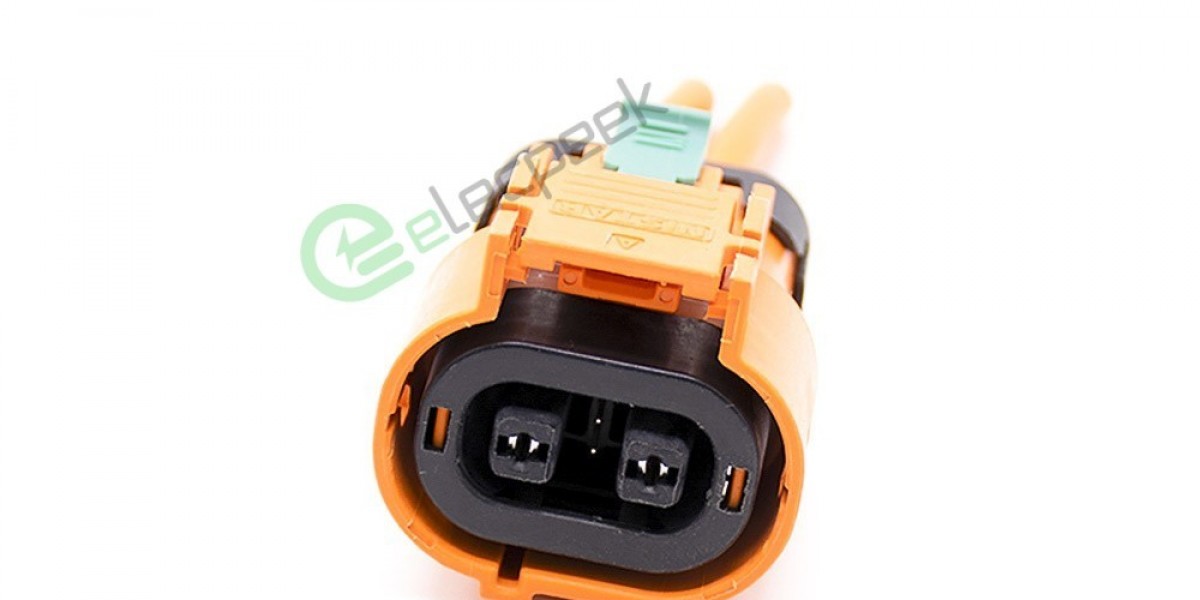As electric vehicles (EVs) continue to gain popularity, the need for efficient and reliable charging infrastructure becomes increasingly evident. One crucial element of this infrastructure is the J1772 connector, a standardized charging interface that plays a pivotal role in enabling seamless communication between EVs and charging stations. In this article, we will explore the J1772 connector, its key features, its impact on the EV market, and its significance in driving the electric revolution.

Understanding the J1772 Connector:
The J1772 connector, also known as the SAE J1772, is a widely adopted standard for EV charging connectors in North America. It was developed by the Society of Automotive Engineers (SAE) to establish a uniform interface between charging stations and electric vehicles, regardless of their make or model. This standardization ensures interoperability, making it possible for EVs from different manufacturers to utilize the same charging infrastructure.
Key Features and Functionality:
The J1772 connector is designed to provide a safe, reliable, and user-friendly charging experience. It consists of a primary connector, which is located on the charging station side, and a secondary connector, which is integrated into the EV. Some of the essential features and functionalities of the J1772 connector include:
a. Safety Features: The J1772 connector incorporates various safety mechanisms, such as ground fault protection and thermal monitoring, to ensure safe charging operations and protect against electrical hazards.
b. Communication Protocol: The connector utilizes a communication protocol to facilitate data exchange between the EV and the charging station. This allows for the transmission of charging status, power limits, and other essential information, enabling efficient charging management.
c. Charging Levels: The J1772 connector supports multiple charging levels, including Level 1 (120V AC) and Level 2 (240V AC) charging. Level 1 charging is commonly used with standard household outlets, while Level 2 charging requires specialized charging stations for faster and more convenient charging.
Impact on the EV Market:
The widespread adoption of the J1772 connector has played a vital role in the growth of the EV market. Its standardization has eliminated compatibility concerns and created a unified charging ecosystem. This, in turn, has boosted consumer confidence, encouraging more individuals to make the switch to electric vehicles.
Furthermore, the J1772 connector has facilitated the development of public charging infrastructure. Businesses, municipalities, and charging network operators have invested in J1772-compatible charging stations, expanding the availability of charging points and alleviating range anxiety for EV owners.
Future Developments and Upgrades:
As the EV market evolves, there is a constant drive to enhance charging technologies. The J1772 connector is no exception, and efforts are underway to introduce updates and improvements. For instance, there are discussions surrounding the integration of fast-charging capabilities, wireless charging options, and even bidirectional power flow for vehicle-to-grid applications. These advancements aim to further streamline the charging process and offer greater convenience to EV owners.
Conclusion:
The J1772 connector has emerged as a crucial component in the electric vehicle charging landscape. Its standardization has facilitated interoperability, ensuring a seamless charging experience for EV owners across different makes and models. With its focus on safety, versatility, and communication, the J1772 connector continues to drive the expansion of charging infrastructure, promoting the widespread adoption of electric vehicles and contributing to a sustainable future.








